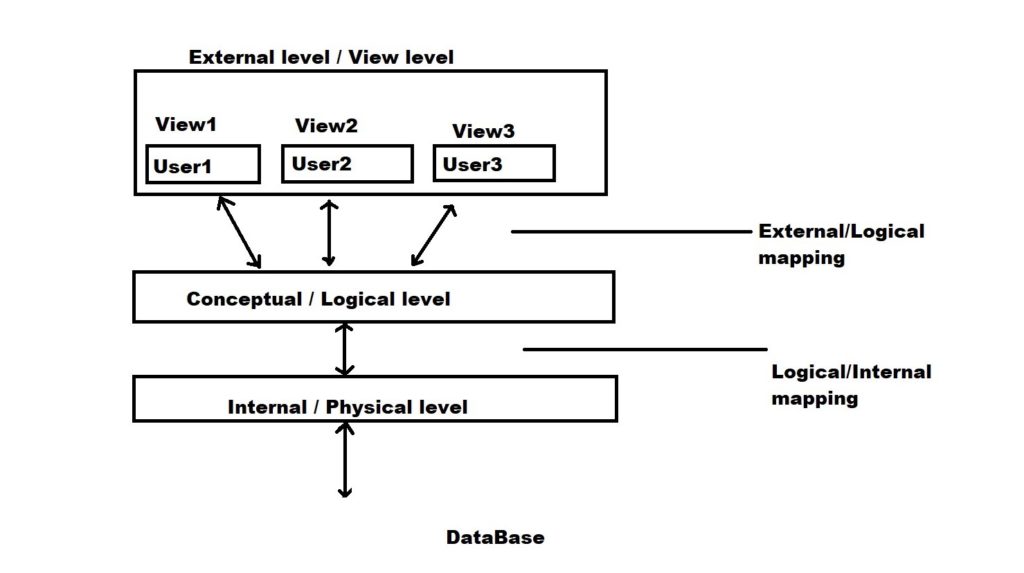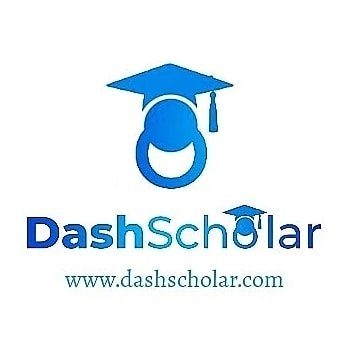Calicut University BCA 4th Semester DBMS & RDBMS

Calicut University 4th Semester Data base management system & RDBMS Short Notes
Module – I
DBMS
Data Base Management System is a collection of interrelated data and set of programs to store and access those data in an easy and effective manner.
Storage of data: The data is stored in such a way that it acquires a lot less space as the redundant data has been removed before storage.
Retrieval of data: Along with storing the data in systematic manner , it is also important to retrieve as soon as possible.
Applications of DBMS:
- Telecom
- Industry
- Banking system
- Sales
- Airlines
- Education sectors
- Online Shopping
Drawbacks of File Systems:
- Data redundancy
- Data inconsistency
- Data isolation
- Dependency of application program
- Atomicity issues
- Data security
Advantages of DBMS:
- No data redundancy: redundancy is removed to data normalization.
- No data duplication: Saves storage and improve access time.
- Data consistency and integrity: When data normalization takes care of data redundancy, data inconsistency is also taken care.
- Data security: it is easier to apply constraints in DBMS so, only authorized user is able to access the data.
- Privacy: limited access means privacy of data.
- Easy access to data: DBMS data management makes the data easily accessible.
- Easy recovery: DBMS keeps the backup of data, so it is easier to do a full recovery of data in case of any failure.
- Flexible: Data base system is more flexible than file processing system.
Disadvantages of DBMS:
- DBMS implementation cost high compared to file system.
- Complexity: Data base system are complex to understand.
- Performance: Data base system are generic.
Data base Users:
- Native user
- Application user.
- Sophisticated user
- Specialized user
- Standalone user
Data Administrator: The person who has control over the Data Base system.
DBMS Architecture
- 1 tier: Data base is directly available.
- 2 tier: The client end can directly communicate with the data base at the server side. The user information and application programs are run on the client side.
- 3 tier: In this architecture it contains another layer between client and server, in this client cannot directly communicate with the server.
Data Abstraction: The process of hiding irrelevant details from the user is called Data Abstraction.
Schema: A schema is the complete design of data base, it is also known as intention. It is the collection of named objects, the names of tables, columns of table, data type, triggers etc. The schema modification or alteration is known as schema revolution. There are 2 types of schema:
- Physical schema
- Logical schema
Instance: An instance is the information collected in a database at some specific moment and is called state of extension, the instance also changes frequently.
Data model
Data model are the fundamental entities to introduce abstraction in a DBMS, it defines how a data is connected to each other and how the one processed inside the system. There are 2 types of data models:
- Entity Relation model [ER model]
- Relational model.
Three-schema architecture
It has 3 levels:
- External level
- Conceptual level
- Internal level

Data independence
The upper levels are unaffected by change in the lower levels. There are two kinds of Data independence:
- Logical data independence: It is defined as the immunity of external schema to change in conceptual schema.
- Physical data independence: It is defined as the immunity of the conceptual schema to change in the internal schema.
Database Languages
Database languages are used to read, update and store data in a database. There are several such languages that can be used for this purpose.
DBMS languages are categorized into four types:
- Data Definition Language [DDL]
- Data Manipulation Language [DML]
- Data Control Language [DCL]
- Transaction Control Language [TCL]
Calicut university BCA DBMS & RDBMS Previous Year Question Papers.
For BCA DBMS & RDBMS 4th Semester Question Papers – Click the link below.

